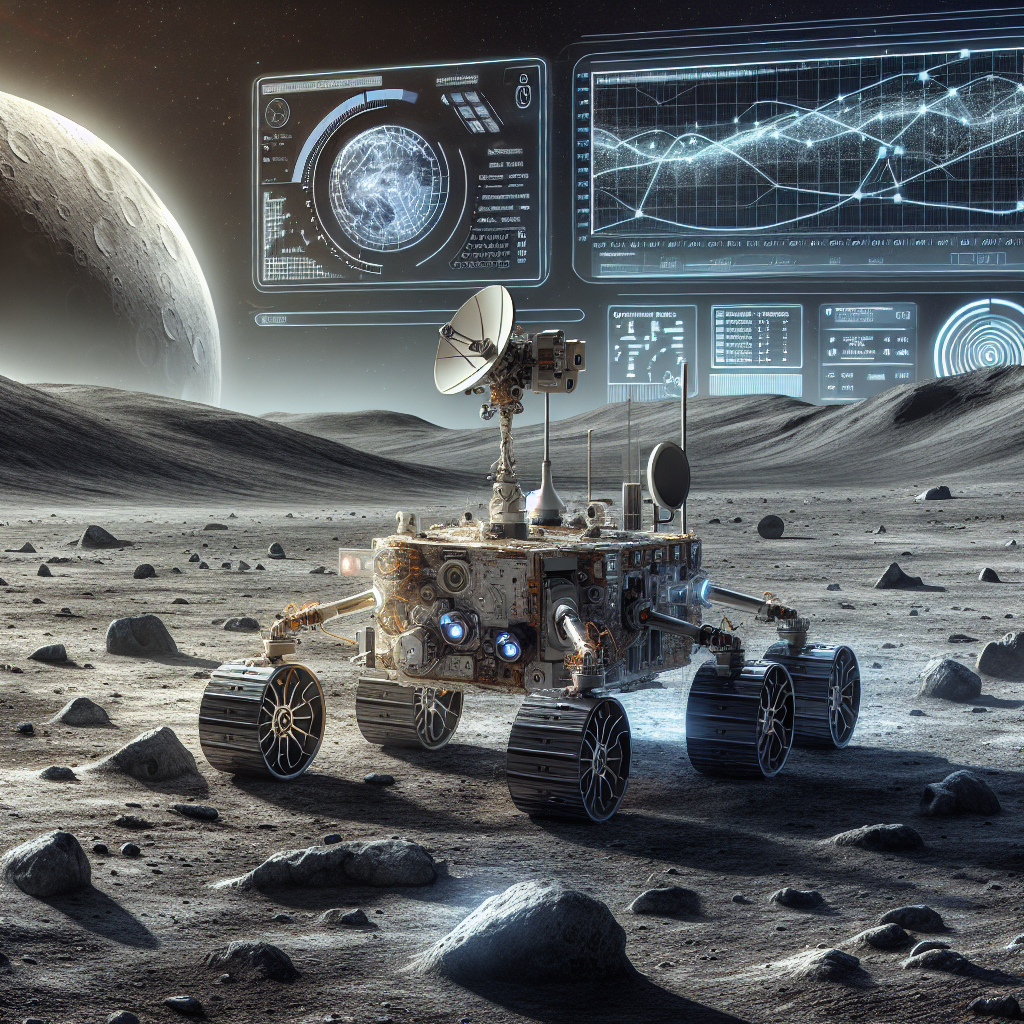Chandrayaan-3 Unveils Ancient Lunar Crater
India's lunar mission Chandrayaan-3 likely landed in one of the Moon's oldest craters, formed during the Nectarian period. Unique images from the mission's rover revealed insights into lunar evolution. The landing site contains materials from various Moon regions, emphasizing significant scientific discoveries about space weathering and lunar history.

- Country:
- India
India's ambitious lunar mission, Chandrayaan-3, has potentially landed in one of the Moon's oldest craters, as revealed by the latest analysis of photos from the mission and orbiting satellites.
The crater, estimated to be from the Nectarian period around 3.85 billion years ago, represents one of the earliest eras in the lunar timeline, according to the research team, which includes scientists from the Physical Research Laboratory and the Indian Space Research Organisation (ISRO) in Ahmedabad.
S Vijayan, an associate professor at the Physical Research Laboratory, explained, "Chandrayaan-3's landing site is a unique geological setting. The images captured by the mission's Pragyan rover are the first on-site photographs of the Moon at this latitude, providing valuable insights into the Moon's evolutionary history."
A crater forms when an asteroid impacts a larger celestial body, displacing surface material called 'ejecta.'
The researchers noted that the crater landed by Chandrayaan-3 was partly buried under ejecta from the Moon's extensive South Pole-Aitken basin, which is the largest known impact basin on the Moon.
Chandrayaan-3 landed within a semi-circular crater approximately 160 km in diameter. The Pragyan rover's images indicate this partial degradation due to accumulated ejecta from nearby craters.
Complementary images from the Pragyan rover further showed that ejecta from other distant impact craters had also been scattered over the landing site, suggesting materials from various lunar regions converged at this location. Launched by ISRO, Bengaluru, the mission triumphantly achieved a smooth landing near the Moon's south pole on August 23, 2023.
Named the Shiv Shakti Point on August 26, 2023, this site reflects significant scientific discoveries about lunar history and space weathering effects, adding a new chapter to our understanding of the Moon's geology.
(With inputs from agencies.)










